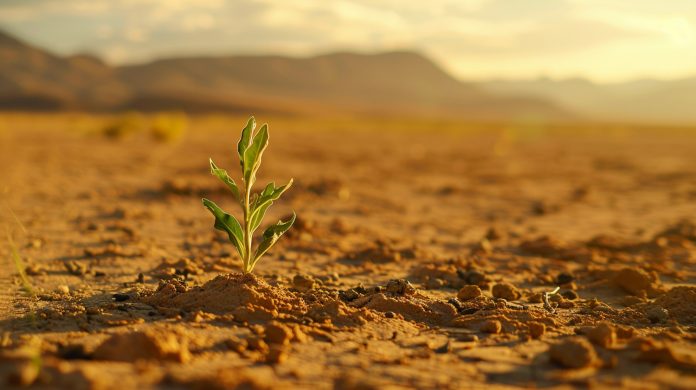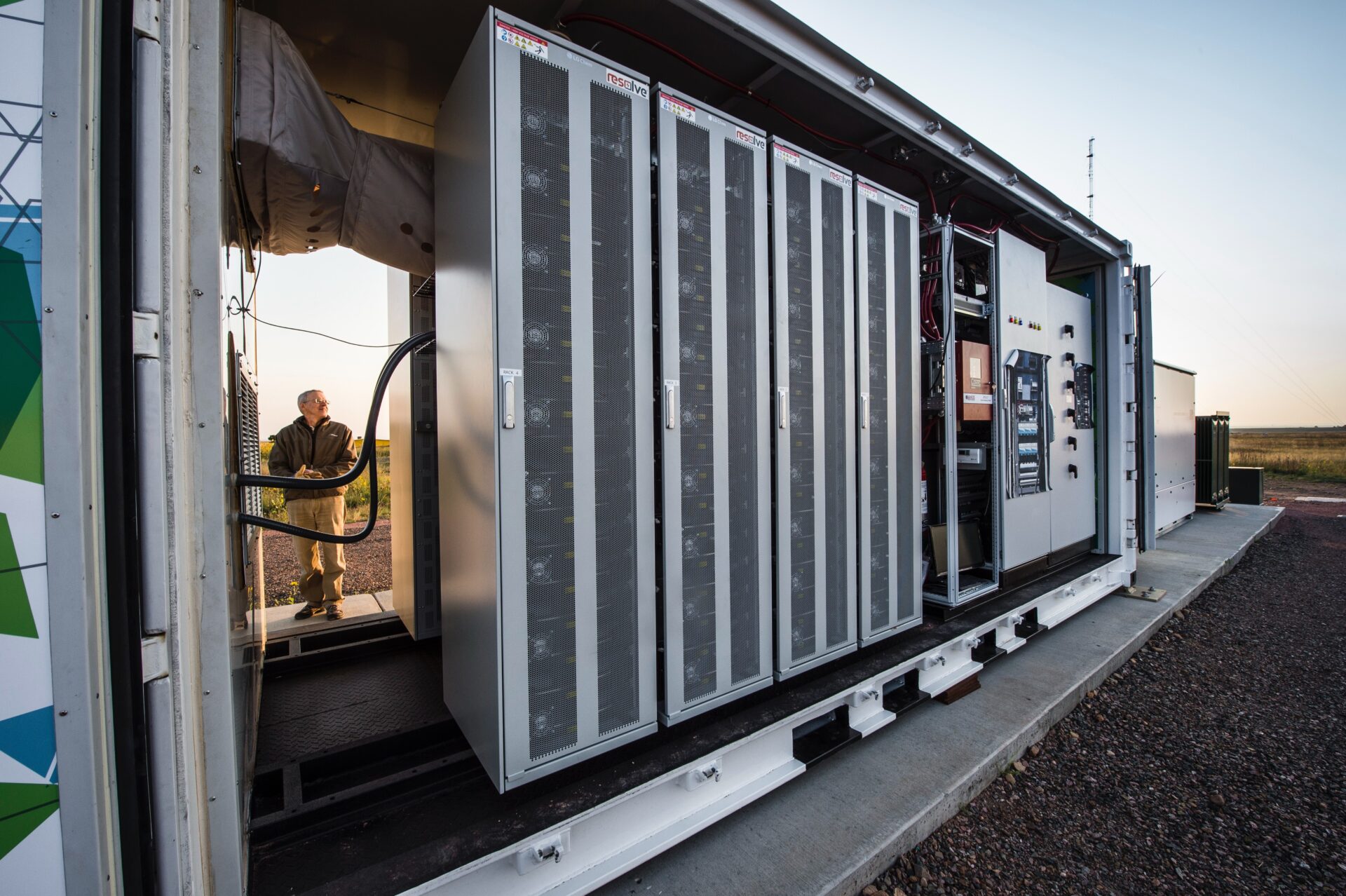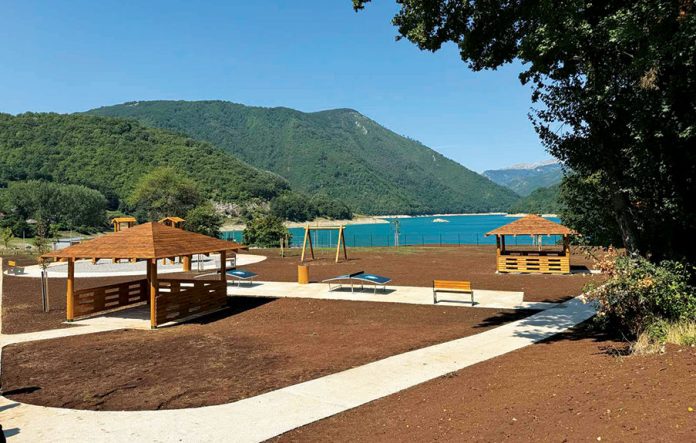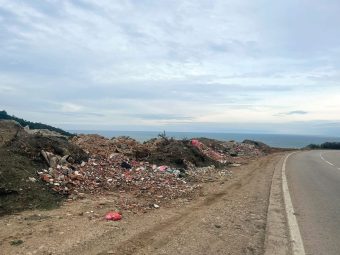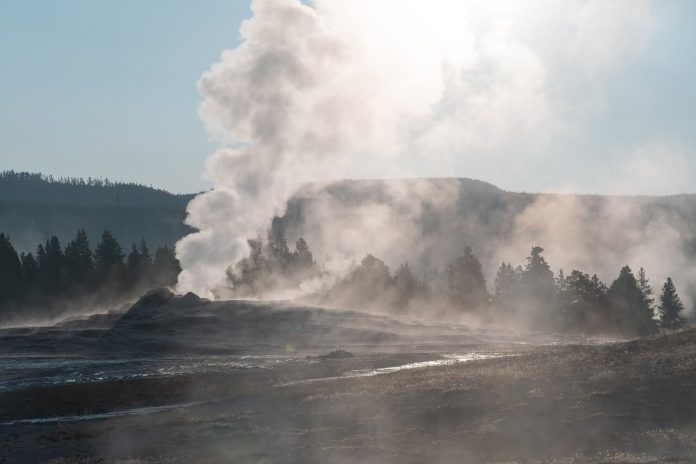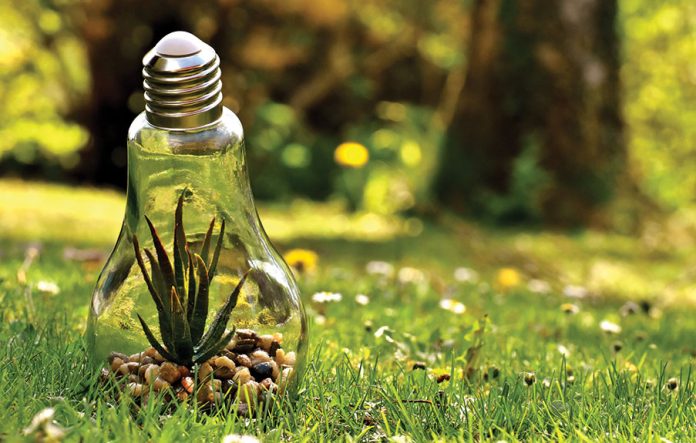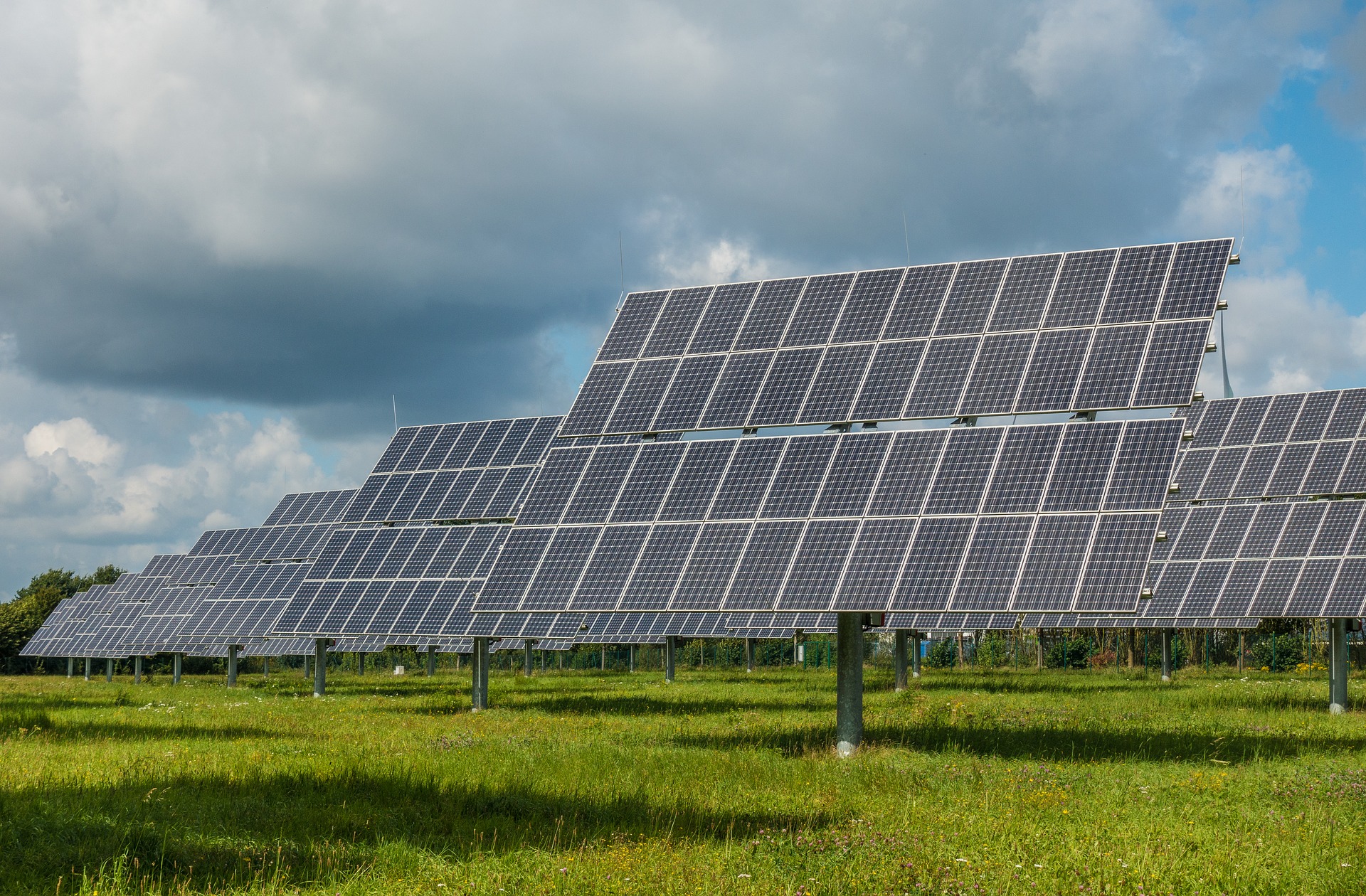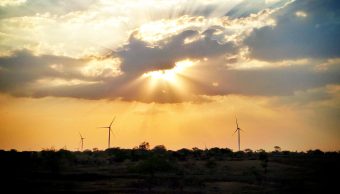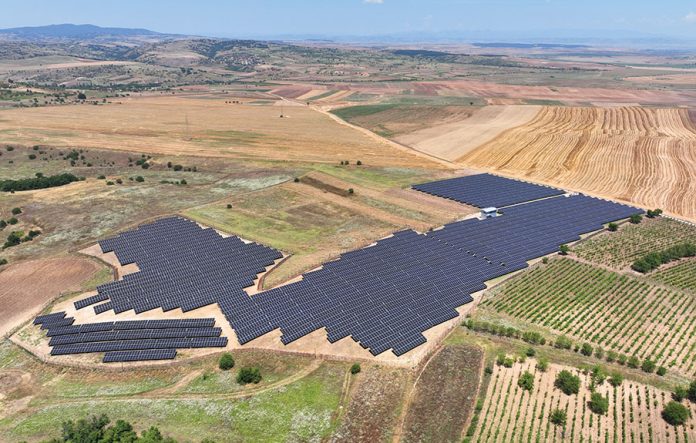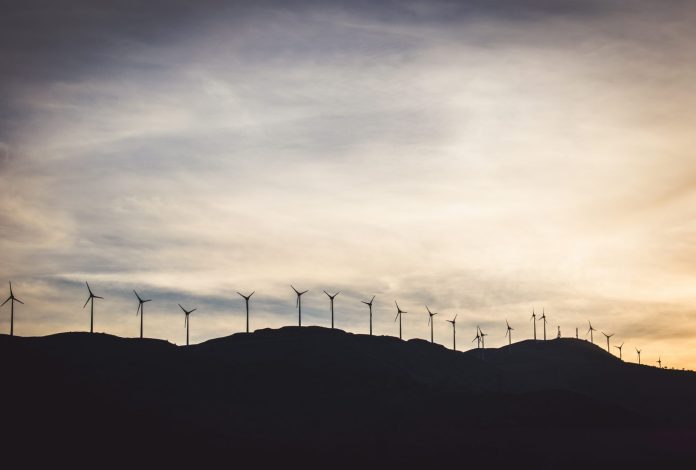The Democratic Republic of the Congo has recently unveiled an ambitious plan to protect and preserve the world’s largest remaining tropical rainforest. President Félix Tshisekedi emphasized that the project will involve the creation of the world’s largest tropical forest reserve along the Congo River Basin, spanning more than 550,000 square kilometers of forest.
This initiative represents a crucial step in safeguarding forest ecosystems within the Congo Basin, whose forests constitute a significant portion of the world’s natural resources. By establishing a green corridor that will connect the Kivu region with the capital, Kinshasa, DR Congo aims not only to preserve the rainforest but also to stimulate economic development and improve the living conditions of millions in the region. The planned expansion of the corridor to over 2,400 kilometers will be a major step toward sustainable development, biodiversity conservation, and mitigating the effects of climate change.
According to international media reports, President Tshisekedi underscored that this project extends beyond mere forest conservation, as it will also have a profound impact on local communities. Estimates suggest that the implementation of the green corridor could generate approximately 500,000 new jobs and secure one million tons of food annually for Kinshasa, Africa’s largest city.
More:
- Two Trees for Every Child – Love That Grows in Nature
- How to Improve the State of European Waters
- Global Peatland Atlas 2024 – Endangered Natural Carbon Vaults
The project has received support from the European Union, which has mobilized €1 billion for this purpose. Additionally, the EU has allocated more than 40 million euros in grant funding to promote sustainable agriculture, the use of renewable energy sources, and biodiversity conservation.
Data shared by the World Economic Forum (WEF) indicate that the Congo River Basin serves as the world’s largest tropical forest carbon sink, absorbing 1.5 billion tons of CO2 annually. Furthermore, the basin’s peatlands store nearly 30 billion tons of carbon dioxide. Approximately 60 percent of the forests in this basin are located within DR Congo, which is home to nearly 10,000 unique species.
Energy portal




